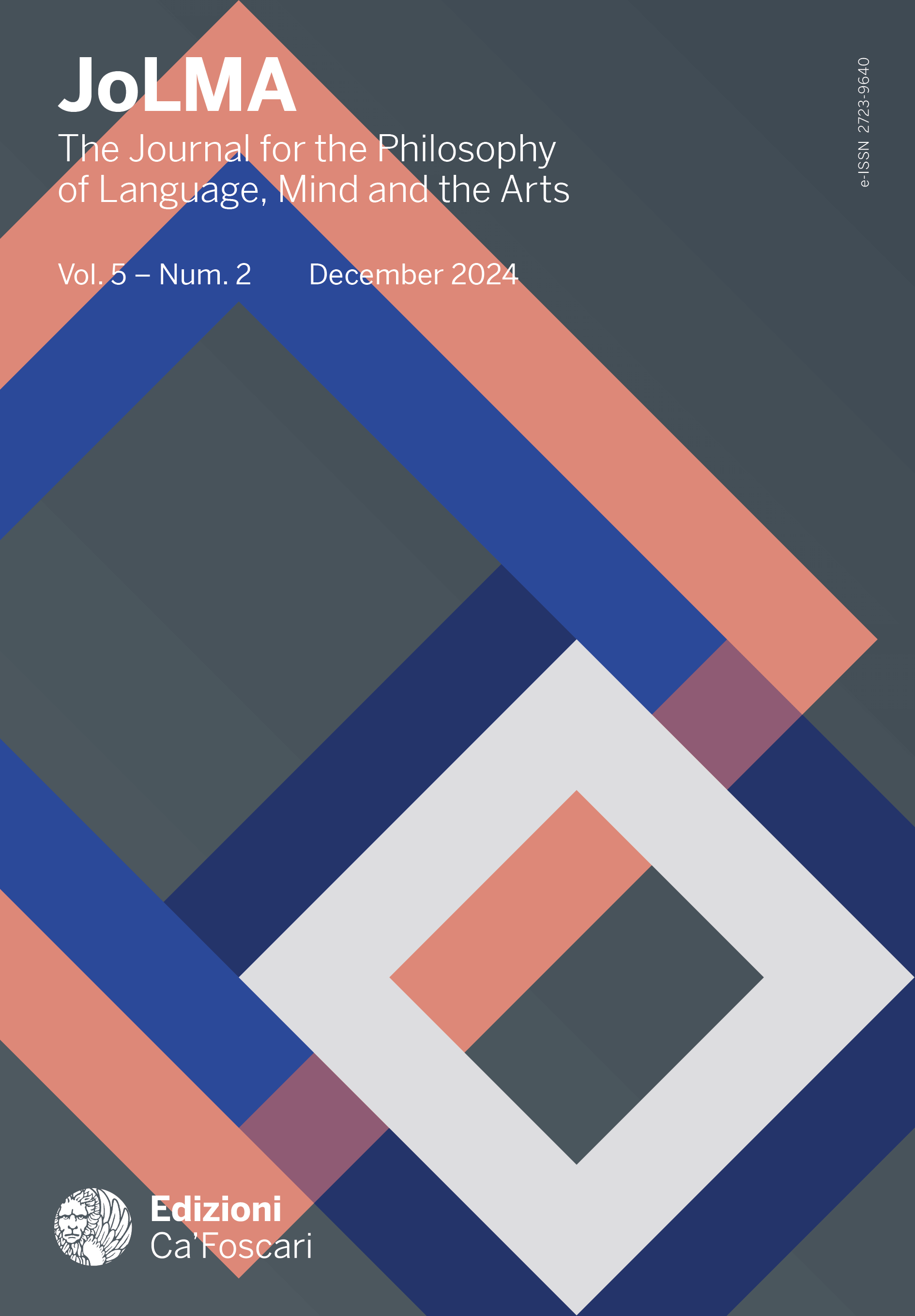Journal |
JoLMA
Journal issue | 5 | 2 | 2024
The Dark Side of Being: On What There is Not
open access | peer reviewed-
edited by
- Filippo Casati - Lehigh University - email
- Filippo Costantini - Università Ca’ Foscari Venezia, Italia - email
In contrast to Quine’s (meta-)ontology and his preference for desert landscapes, recent years have seen a renewed interest in ‘non-being’: non-existent entities, mere possibilia, negative properties, negative facts, absences, nothingness, voids, holes, etc. Interest in the category of non-being is not limited to ontology but has also found applications in the philosophy of mind, particularly regarding the role intentionality plays in relation to non-entities and the problem of perceiving absences. Additionally, it has influenced the philosophy of art, especially in discussions about absence art – i.e., art that features absences as aesthetic objects. This issue of JoLMA highlights the richness of the topic by presenting eight fresh papers that range from metaphysics, ontology, and epistemology, to philosophy of language, aesthetics, and philosophy of mind.
Keywords nonidentity • Pictorial abscences • Verbs of absence • Eliminativist error theories • Nuclear properties • Lack • Perception of absences • Aristotle’s homonymy • Adorno • Semantics • Empty string • absolute nothingness • Absence Causation • Ostensive definition • Non-existent objects • Nāgārjuna • Cognitivism • Absence • Fictional objects • Being • Characterization Principle • (Modal) noneism • Reported speech • Metacognitivism • mixed-media • Radical perceptualism • Empty quotation • Nothingness • Kant’s table of nothing • Millares • Non-Being • Mixed quotation • Moderate perceptualism • Be missing • negative nothingness • Metaphysical Grounding • absence • Informalism
Permalink http://doi.org/10.30687/Jolma/2723-9640/2024/02 | Published Dec. 11, 2024 | Language en
Copyright © Filippo Casati, Filippo Costantini. This is an open-access work distributed under the terms of the Creative Commons Attribution License (CC BY). The use, distribution or reproduction is permitted, provided that the original author(s) and the copyright owner(s) are credited and that the original publication is cited, in accordance with accepted academic practice. The license allows for commercial use. No use, distribution or reproduction is permitted which does not comply with these terms.
- Introduction
- Dec. 11, 2024
- Metaphysical Grounding and Being’s Incompleteness
- Dec. 11, 2024
- On the Ontology and Semantics of Absence
- Forthcoming
- Quoting Nothing
- Dec. 11, 2024
- Actual Properties of Fictional Objects
- Dec. 11, 2024
- Sitting at the Kantian Table of Nothingness
- Dec. 12, 2024
- Perceptual Experiences of (Depicted) Absence
- Dec. 12, 2024
